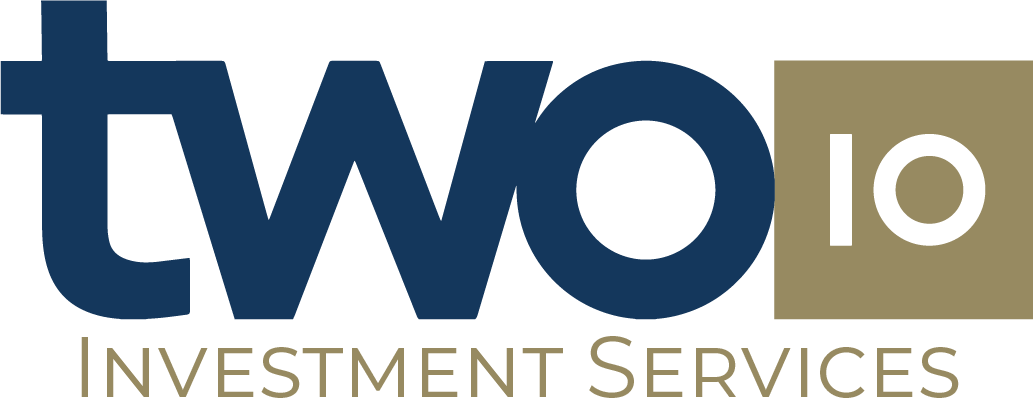For many successful professionals and business owners, financial planning has traditionally been driven by numbers: asset growth, tax efficiency, retirement age and portfolio performance. While these remain important, they don’t always reflect the why behind your wealth.
The life-first approach shifts the conversation.
It prioritises what you want your life to look like - and then builds a financial plan around that vision.
Start With the End You Actually Want
Financial success can give you options - but clarity is what helps you make the right choices. A life-first approach starts with identifying what matters most to you: more time with family, the freedom to step back from your business, long-term travel or simply creating more space in your week. These are personal, qualitative goals - but they become powerful decision-making anchors when brought into financial planning.
Instead of asking “what can I afford?”, we start by asking, “what do I want to experience or protect?”
Aligning Capital With Purpose
It’s easy for wealth to become disconnected from real life. Assets accumulate, portfolios grow but the sense of intentionality sometimes fades. Life-first planning aims to help reconnect your capital with purpose. That might mean adapting your strategy to support a sabbatical, passing on the business earlier than expected or supporting philanthropic causes that reflect your values.
When your plan is designed to serve your goals - not just your balance sheet - it becomes a more useful tool for long-term satisfaction.
When More Isn’t the Point
There often comes a stage where financial growth no longer directly correlates with fulfilment. For many high achievers, ‘more’ is no longer the answer. What matters is control, clarity and the ability to shape your time.
A life-first approach doesn’t ignore growth - but it recognises that strategy without purpose can feel hollow. It aims to help shift the focus from accumulation to intentional use - refining how your resources support the life you want to lead.
Dynamic Planning for a Dynamic Life
Success rarely follows a straight line - and neither should your plan. Life-first financial planning acknowledges that priorities shift. A child’s education, an unexpected business opportunity or a change in personal ambition can all re-shape what you want. The benefit of building your plan around your life is that it becomes flexible. With tools such as cashflow modelling and scenario planning, it’s possible to test options, weigh decisions and adjust course - without losing sight of your longer-term ambitions.
The Role of the Adviser
In a life-first framework, the adviser’s role becomes more strategic. It’s about helping you articulate what matters, pressure-test those goals and bring structure to the financial decisions that support them. At Two10 Investment Services, we aim to help clients gain clarity on their direction, stay intentional in their decisions and retain confidence as life evolves. That partnership goes beyond performance - it’s about building a plan that continues to reflect your life, not just your net worth.
Closing Thoughts
If you’re already financially established, the next step isn’t always about doing more. It’s about doing what’s right for you. A life-first financial plan puts that clarity at the centre. If your financial decisions are ready to be shaped by what you value most, we’d love to help support that journey.
*Investments can go down as well as up and you might not get back the capital invested.
*Understanding your risk tolerance, assessing your capacity for loss and completing a suitability assessment are essential before proceeding with any investment or financial plan.



.png)

.jpg)